
How Long Does Stainless Steel Gold Jewelry Last and Stay Shiny
Wondering how long does stainless steel gold jewelry last? With PVD-coated pieces, you can enjoy their color and mirror shine for 2–4 years of daily wear—and often up to 5–8 years with occasional use. Ion-plated jewelry offers similar durability, while electroplated coatings may fade within 6–18 months. Since stainless steel doesn’t tarnish, regular cleaning with mild soap and a microfiber cloth helps maintain its shine. Avoid chlorine, sunscreen, and abrasives, and always store it dry. Explore our Simple Stainless Steel Necklace Collection to see how timeless and long-lasting this style can be.
What Stainless Steel Gold Jewelry Is and How It’s Made
Although it’s often called “gold,” stainless steel gold jewelry is primarily stainless steel—an iron-based alloy with chromium (usually 10.5–18%) that resists corrosion—enhanced with a gold finish.
You’re choosing a base metal engineered for hardness, tensile strength, and oxidation resistance. Manufacturers typically use 304 or 316L stainless steel for biocompatibility and durability, then apply a controlled gold layer to deliver color and luster.
You’ll see two core constructions: solid stainless steel with an external gold finish, or stainless steel bonded with a thin gold alloy surface.
The substrate’s passive chromium oxide film protects against rust, while the gold layer provides the aesthetic. This architecture minimizes deformation, reduces maintenance, and keeps costs lower than solid gold, yet retains a premium look.
It’s a practical, value-forward specification for daily wear.
PVD, Ion-Plated, and Electroplated Finishes: What Lasts Longest
With a stainless steel core doing the heavy lifting, the finish you choose largely determines how long the gold color holds up.
In pvd vs ion plating, both are physical vapor deposition methods, but “ion plating” typically bombards the coating with energized ions, improving adhesion and density. Expect a harder, more scratch-resistant layer than standard PVD in many implementations.
Thickness (0.3–1.0 µm), deposition density, and substrate preparation (argon sputter clean) drive performance.
Electroplating durability depends on bath chemistry and thickness, but it’s generally softer and more porous than PVD/ion-plated films. Even at comparable thickness, electroplated gold abrades faster.
For cost-to-longevity value, choose ion-plated (IP) stainless steel first, high-quality PVD second, and electroplating last.
Verify coating specs: method, thickness, hardness (HV), and test data (ASTM B571, ISO 2819).
Realistic Lifespan: Daily Wear vs. Occasional Use
Even under careful use, gold-colored finishes on stainless steel age at different rates depending on wear frequency and coating method.
If you wear PVD-coated pieces daily, expect 2–4 years of aesthetic integrity before noticeable thinning at high-friction points (clasp edges, ring shanks). Ion-plated items usually track slightly less; electroplated layers can show wear within 6–18 months under the same conditions.
With occasional use—once or twice weekly—PVD coatings commonly maintain appearance 5–8 years, while ion-plated and electroplated pieces extend proportionally.
Your daily habits matter: sunscreen, chlorine, abrasive grit, and repeated contact with zippers accelerate micro-abrasion.
Optimize jewelry storage with individual pouches and hard-case compartments to minimize contact wear. Remove pieces before workouts and dishwashing. Rinse after exposure to sweat or salt, then dry thoroughly.
Shine and Tarnish: What to Expect Over Time
Because stainless steel is inert and forms a stable chromium oxide film, you won’t see true tarnish like you'd on silver; instead, you’ll notice gradual dulling from micro-scratches and surface film buildup.
Gold-colored stainless steel (PVD- or ion-plated) keeps its luster well, but optical brilliance decreases as the surface accumulates fine abrasion and residues.
For shine maintenance, use a nonabrasive microfiber cloth and mild dish soap solution to remove oils, then rinse and dry completely.
Deploy tarnish prevention by storing pieces in clean, low-humidity pouches and avoiding abrasive contact with harder materials.
Periodically use a jewelry polishing cloth formulated for stainless steel; avoid compounds with heavy abrasives.
Ultrasonic cleaning is generally safe for plain stainless steel, but verify stone settings and plating specifications before use.
Factors That Speed Up Fading: Skin Chemistry, Sweat, and Products
Although stainless steel is corrosion-resistant, its gold-colored finish can fade faster when exposed to certain chemistry: acidic or high-chloride sweat, low skin pH, and residue from lotions, sunscreens, perfumes, and hair products.
Your skin acidity affects the electrochemical environment at the metal surface; a lower pH accelerates ion exchange and micro-abrasion of thin gold layers or PVD coatings.
Sweat composition matters too: higher chloride and lactic acid levels increase crevice corrosion risk and undermine adhesion at microscopic defects.
Frequent sweating, workouts, and heat raise moisture and salt load, extending contact time.
Cosmetic residues introduce solvents, emollients, and surfactants that swell or soften coatings and trap salts against the surface.
Friction from clothing, straps, or gear compounds chemical wear, shortening aesthetic lifespan.
Care and Cleaning to Keep the Mirror Shine
When you treat stainless steel gold pieces like precision surfaces, they keep their mirror gloss far longer.
Use evidence-backed cleaning methods: rinse with lukewarm water, then wash using a pH‑neutral dish soap at 0.5–1% concentration and a nonabrasive microfiber. Rinse thoroughly, blot dry, and finish with a clean microfiber to reduce water spots and micro‑scratches.
For fingerprints and film, apply 70% isopropyl alcohol on a lint‑free cloth; avoid acetone and chlorine.
Adopt maintenance tips that limit cumulative wear. Remove jewelry before workouts, chlorinated pools, and sunscreen application. After exposure to sweat or cosmetics, rinse promptly.
Store pieces in individual soft pouches to prevent contact abrasion. Use a silica gel packet to control humidity.
Monthly, inspect clasps and contact points; early polishing with a microfiber restores optical reflectivity without removing plating.
How It Compares to Solid Gold, Gold-Filled, and Vermeil
With care practices squared away, it helps to set expectations by comparing stainless steel gold jewelry to solid gold, gold-filled, and vermeil.
In a solid gold comparison, karat purity dictates softness: 24K bends and scratches easily, while 14K/18K balance hardness with intrinsic value and lifelong refinishability.
Stainless steel with PVD gold resists corrosion and abrasion better than soft high-karat gold but lacks melt value.
Gold-filled outperforms plating because its mechanically bonded gold layer (≥5% by weight) offers superior gold filled durability and tolerates moderate polishing.
Vermeil uses sterling silver with a thick electroplated gold layer (≥2.5 microns) but can wear through at high-friction points.
You’ll get best shine retention per dollar from PVD-coated stainless; best long-term heirloom performance from 14K/18K solid gold.
Frequently Asked Questions
Is Stainless Steel Gold Jewelry Safe for Sensitive or Nickel-Allergic Skin?
Yes, generally. You’ll benefit from hypoallergenic properties when pieces use 316L/medical-grade stainless steel with low nickel release, reducing skin irritation risk. Verify standards (EN 1811 compliance), choose PVD gold plating, and avoid worn coatings; you’ll minimize reactions and maximize comfort.
Can Stainless Steel Gold Jewelry Be Resized or Repaired if Damaged?
Yes, but it’s limited. Stainless steel’s hardness complicates jewelry resizing; most jewelers can’t stretch or solder it cleanly. Prioritize repair options like polishing, tightening settings, replacing clasps, or re-plating gold color. Expect laser welding and specialized shops for structural fixes.
How Does Saltwater or Pool Chlorine Affect Stainless Steel Gold Jewelry?
Saltwater exposure and pool chlorine damage accelerate crevice corrosion, tarnish gold plating, and weaken solder joints. You should rinse promptly, dry thoroughly, and apply a clear protective coating. Avoid prolonged immersion; choose 316L or 904L stainless for superior corrosion resistance.
Will Metal Detectors or Airport Security Damage the Gold Finish?
No, metal detectors and airport security don’t damage the gold finish. They use low-energy electromagnetic fields and X-ray imaging that don’t abrade or corrode plating. You’ll avoid wear by removing pieces during screening to prevent friction scratches.
Is Stainless Steel Gold Jewelry Suitable for Piercings and Long-Term Skin Contact?
Yes, but choose implant-grade 316L/316LVM stainless steel with PVD or TiN gold. You’ll reduce durability concerns and allergic risk. For piercing types, use internally threaded or threadless posts; avoid fresh piercings until fully healed for long-term skin contact.
Conclusion
You’ll get years of shine from stainless steel gold jewelry when you choose PVD or ion-plated finishes and wear them wisely. Expect daily-wear pieces to look great for 1–3 years, longer with occasional use, while electroplated layers fade fastest. Sweat, lotions, and perfumes accelerate dulling. Rinse after workouts, dry thoroughly, and store separately to preserve luster. If you want heirloom durability, go solid gold; for value and resilience, stainless steel gold-plated—especially PVD—delivers the best cost-to-longevity ratio.







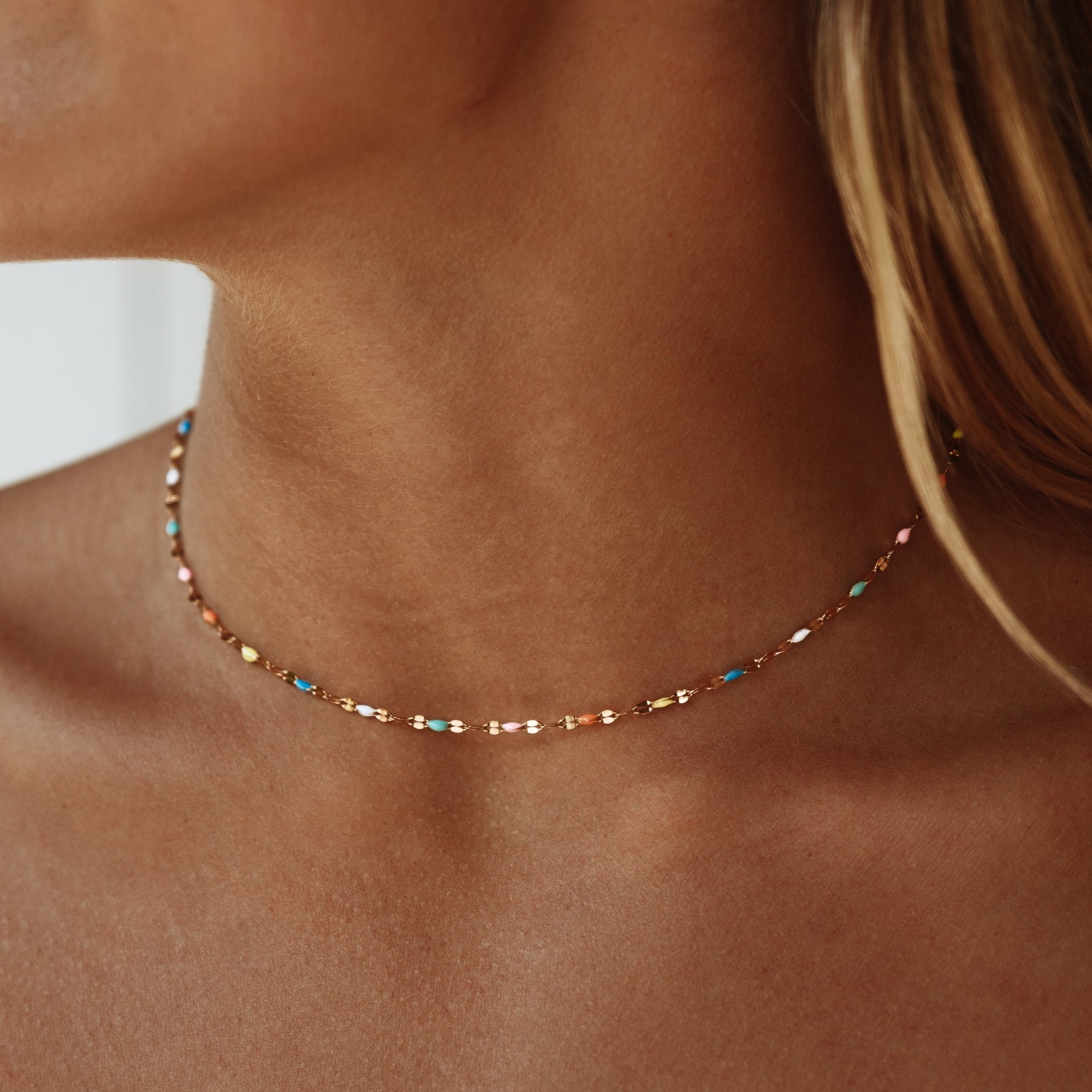

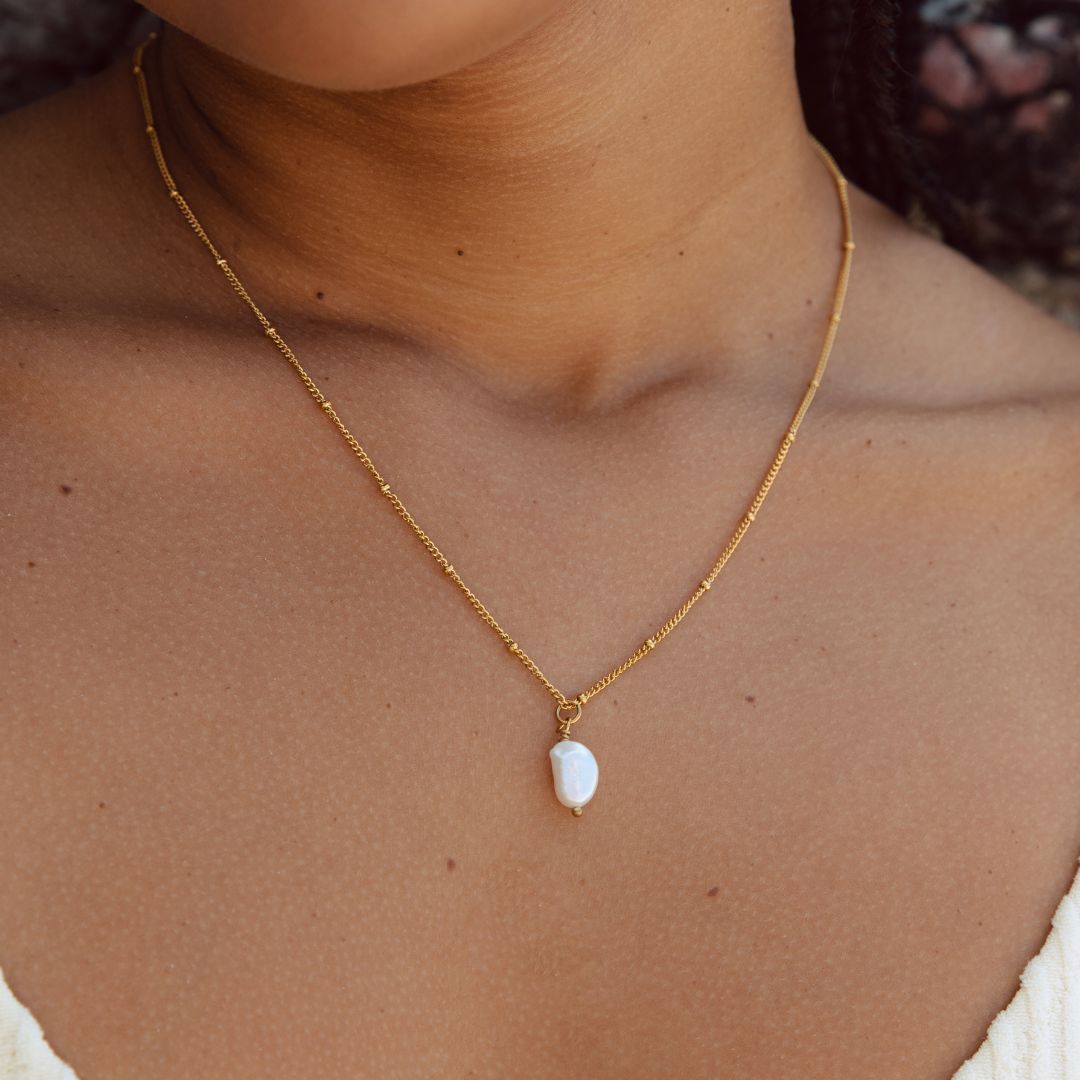


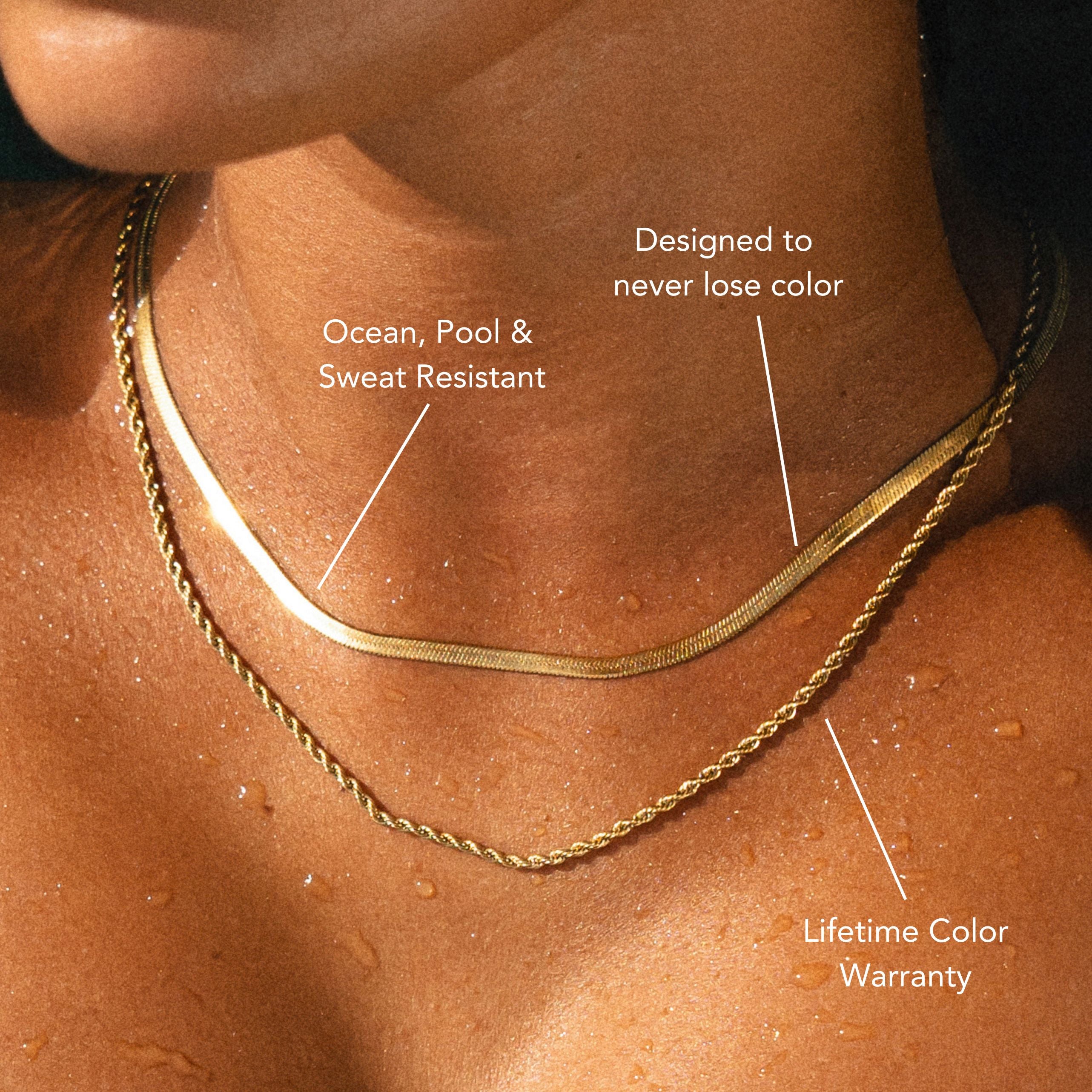


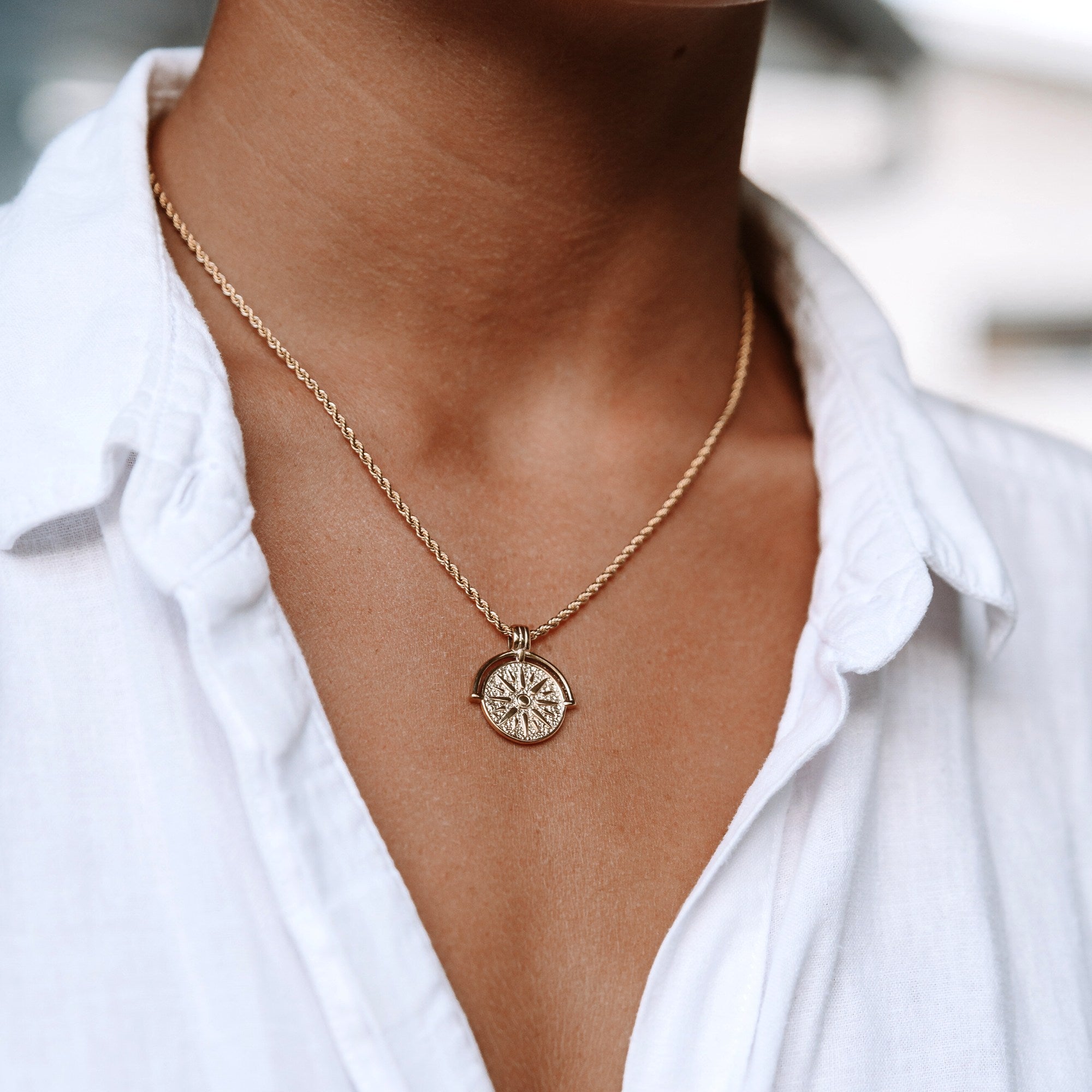
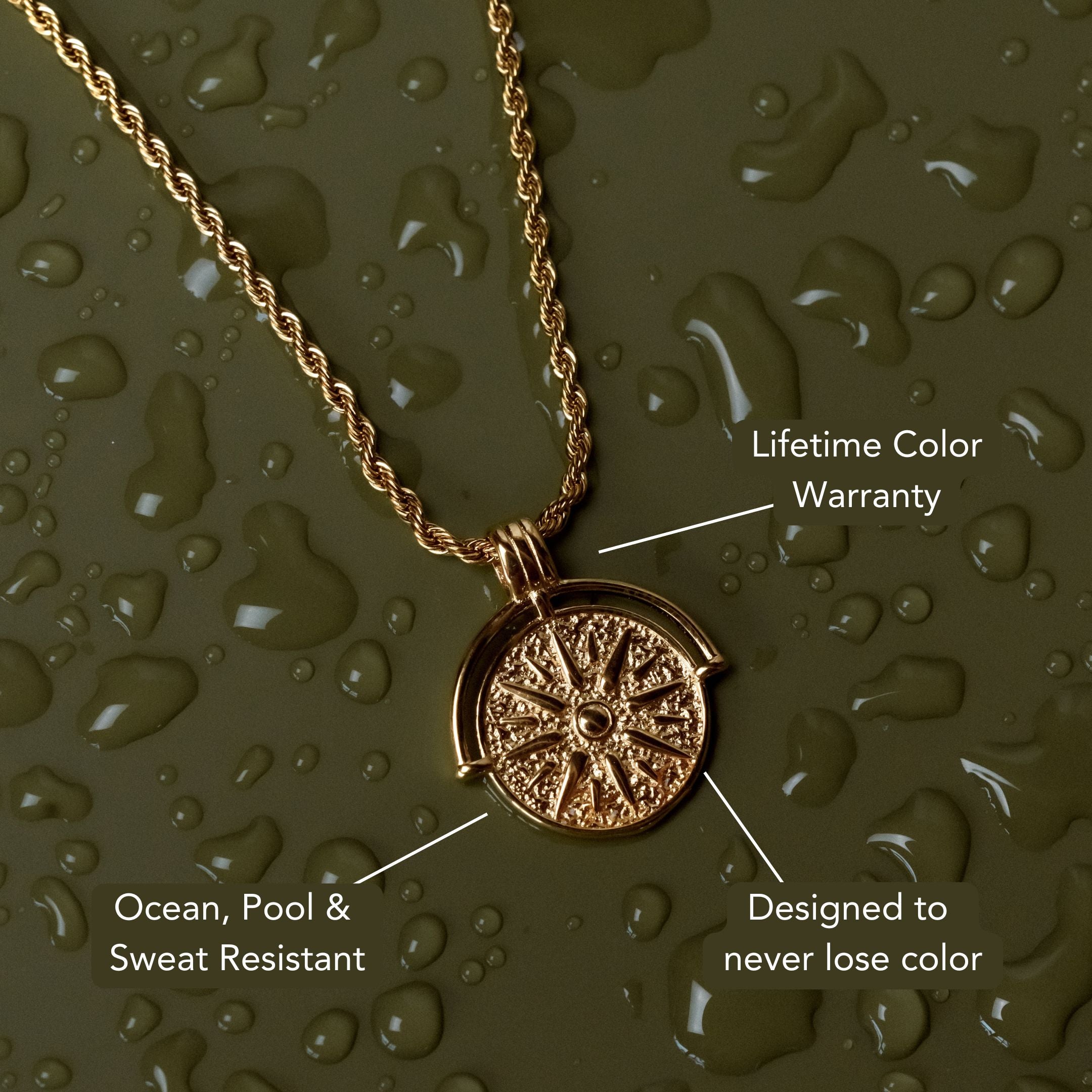





Leave a comment
This site is protected by hCaptcha and the hCaptcha Privacy Policy and Terms of Service apply.